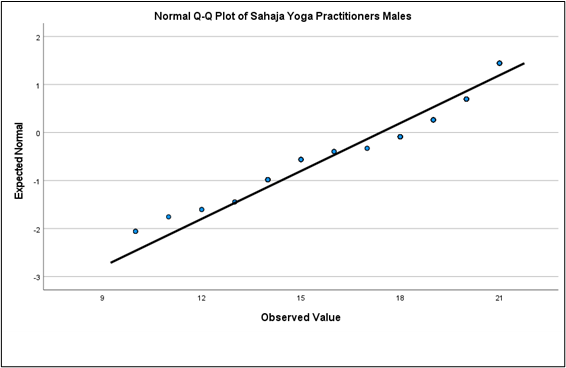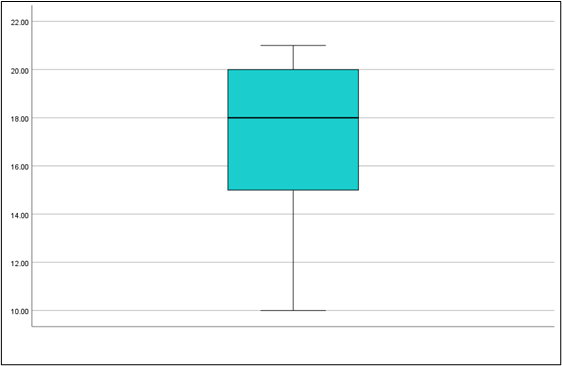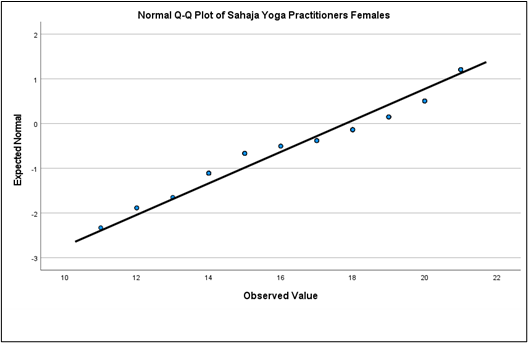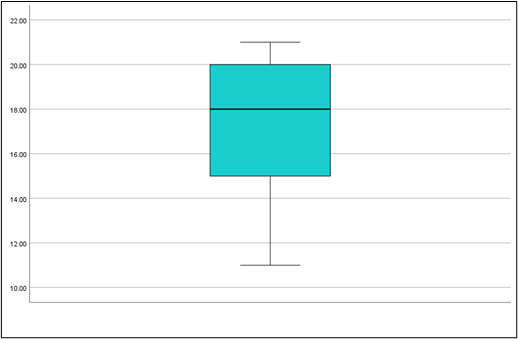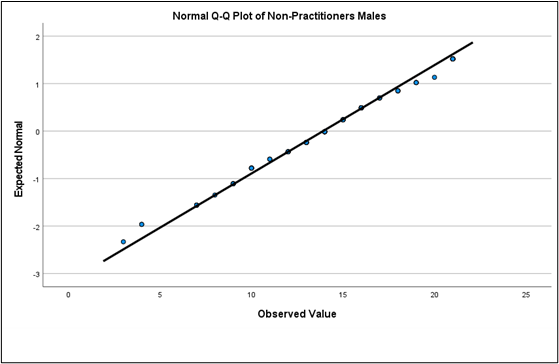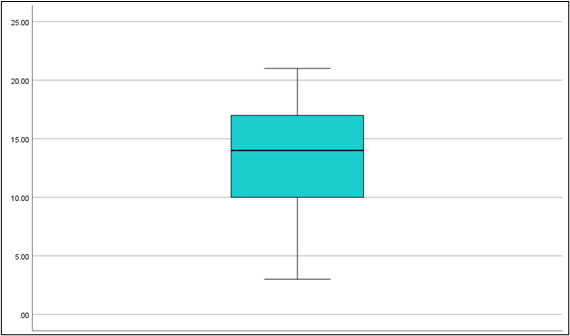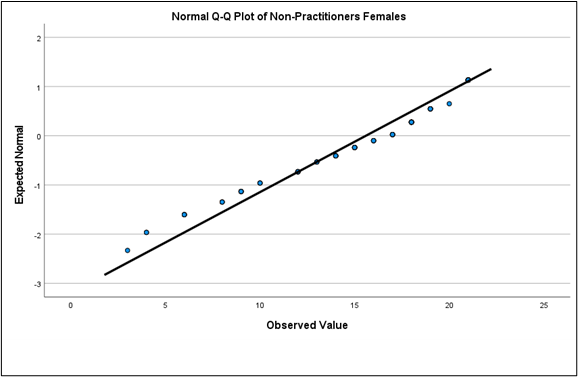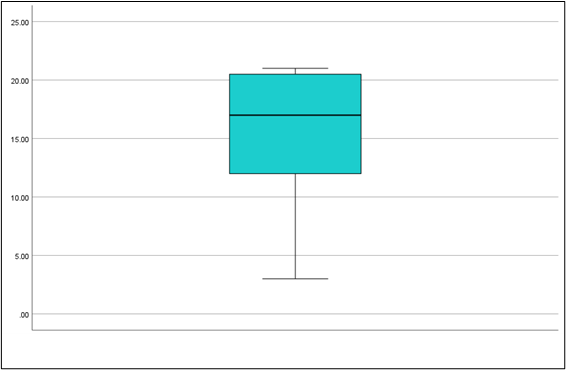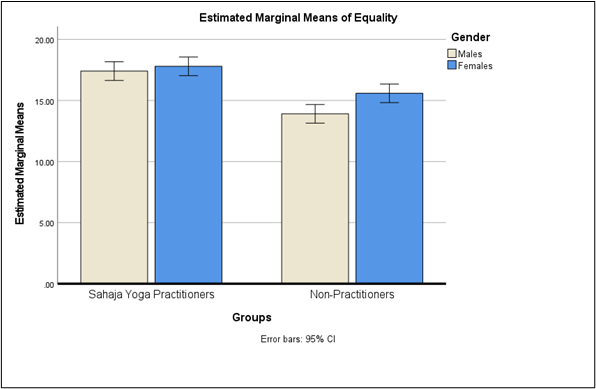Impact of Sahaja Yoga Meditation on Equality in Relation to Gender
Chodhary R1*†
DOI:https://doi.org/10.55968/ijems.v13i04.474
1*† Rajeev Chodhary, Professor, Department of Physical Education, Pt. Ravishankar Shukla University (A State University), Raipur, Chhattisgarh, India.
The present study investigated the significant impact of SYM on gender equality by examining its influence on psychological constructs such as self-awareness, emotional regulation, and stress resilience. Gender equality, a pivotal component of social justice and sustainable development, necessitates not only structural reforms but also psychological and behavioural shifts that challenge entrenched biases. The study employed a 2 x 2 factorial design to assess and study the significant impact of SYM on the perception the selected variable named equality among 400 participants from Chhattisgarh, stratified by gender (male and female) and meditation practice (practitioners and non-practitioners). Participants with a minimum of five years of consistent SYM practice were selected, ensuring homogeneity in meditative experience. The Sustainable Development Survey Scale (SDSS) was utilized to measure perceived freedom, an essential indicator of gender parity. Data were analysed using a two-way factorial ANOVA to determine and to find out the main effects of meditation and gender, also their interaction effects on equality perceptions. Findings revealed that SYM practitioners, irrespective of gender, exhibited significantly higher equality perceptions compared to non-practitioners, indicating the meditation’s role in fostering an egalitarian mindset. Female practitioners demonstrated a marginally greater inclination toward gender equity in comparison to their male counterparts, suggesting potential gender-specific benefits of SYM in challenging social conditioning. Furthermore, neurophysiological insights suggest that SYM enhances prefrontal cortex activation, reducing implicit biases and fostering inclusive social attitudes. The Vishuddhi and Agnya chakras, associated with communication and perception, play a critical role in dismantling prejudices and promoting collective harmony. These findings underscore SYM’s potential as an intervention for advancing gender equality by cultivating cognitive flexibility, empathy, and self-awareness. The study highlights the necessity of integrating meditative practices into educational and policy frameworks to complement structural efforts aimed at gender equity. Future research should explore the intersection of SYM with neuropsychology and gender studies to develop holistic interventions for fostering societal transformation.
Keywords: Sahaja Yoga Meditation, gender equality, emotional regulation, cognitive transformation, sustainable development, implicit bias, mindfulness intervention
| Corresponding Author | How to Cite this Article | To Browse |
|---|---|---|
| , Professor, Department of Physical Education, Pt. Ravishankar Shukla University (A State University), Raipur, Chhattisgarh, India. Email: |
Chodhary R. Impact of Sahaja Yoga Meditation on Equality in Relation to Gender. ijems. 2024;13(4):71-80. Available From https://ijems.net/index.php/ijem/article/view/474/ |


 ©
© 